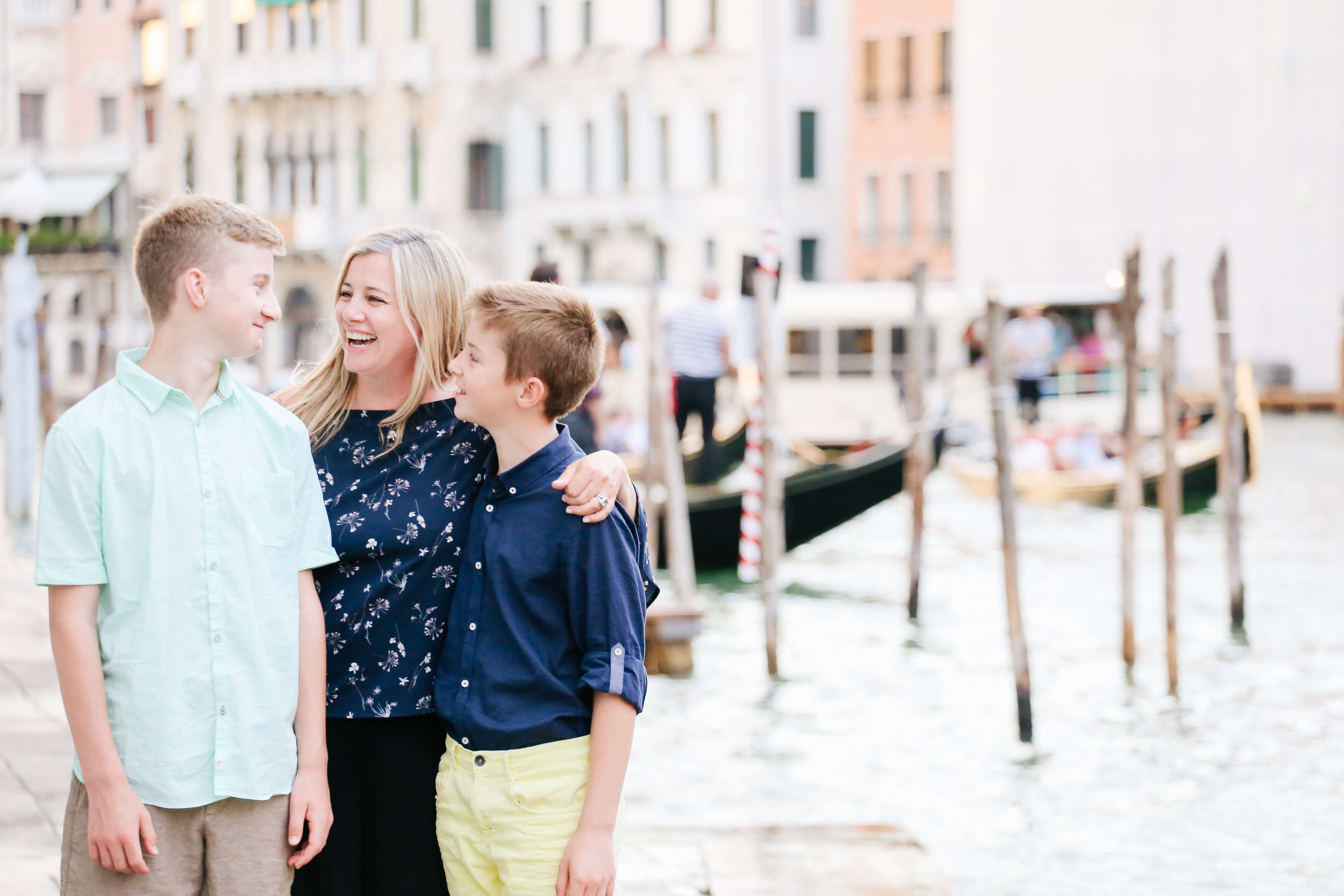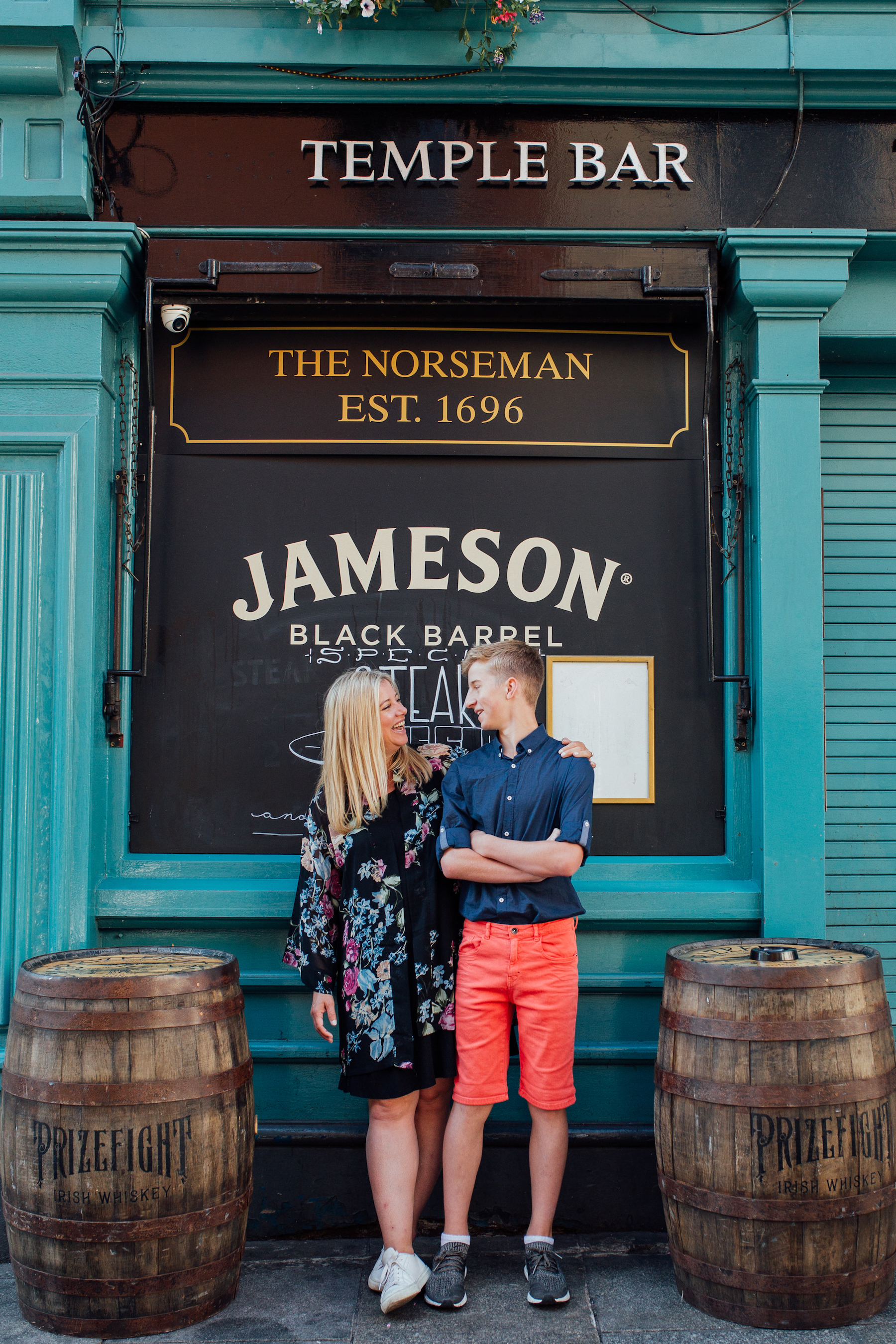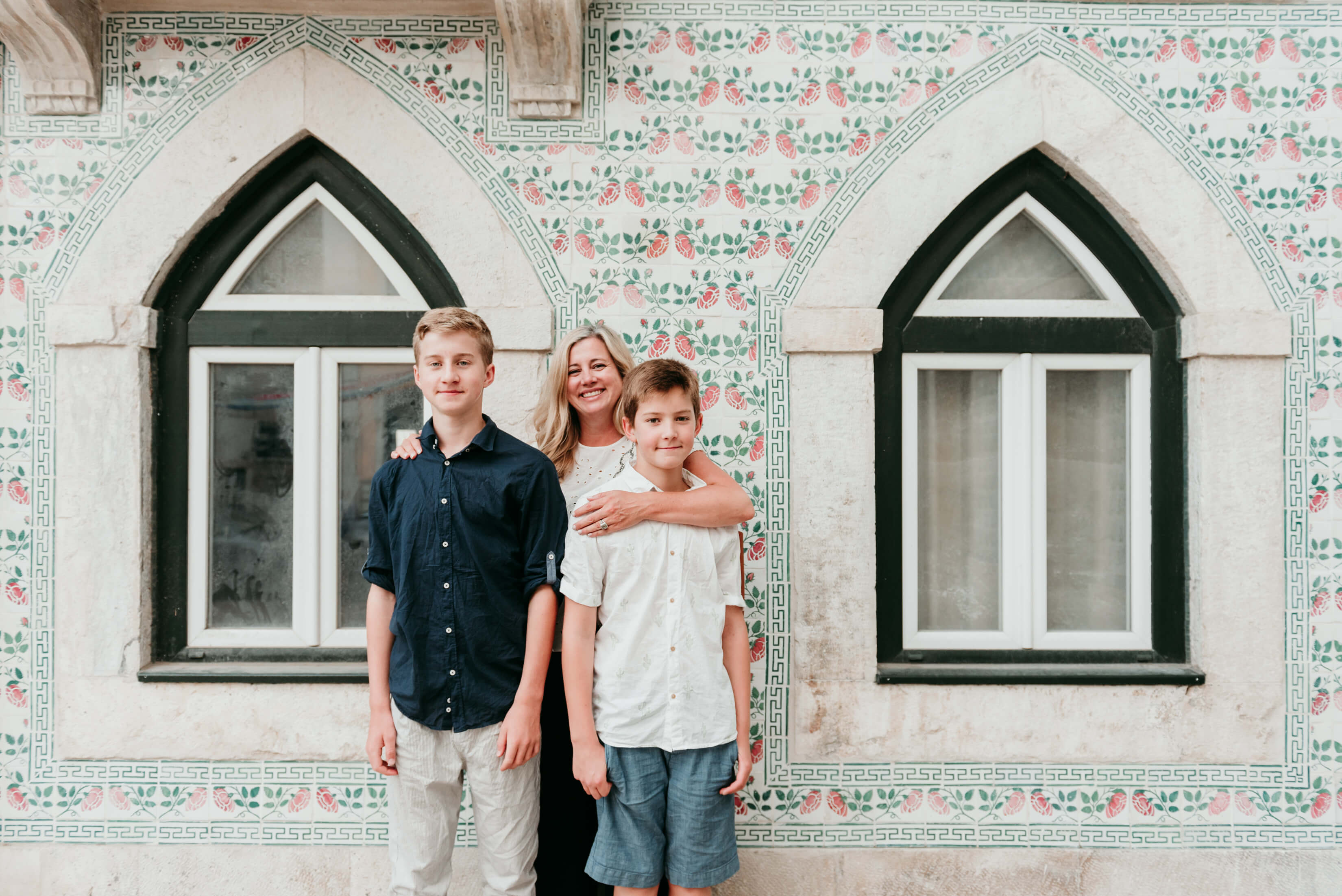Hi! I’m Nicole, the founder of Flytographer.
Seven years ago, the idea for Flytographer was born on the streets of Paris when I met up with my best friend during a work trip abroad. The idea for the world’s first global vacation photography marketplace hit me like a lightning bolt, but I waited nine months to take my first step. I was a single mom, living on a small island in Western Canada, with a good job. I was just through a tricky divorce and finally feeling steady. The thought of building a startup and inviting chaos into my life again was utterly terrifying. I had no idea even where to start … but thoughts about Flytographer were bursting out of me every day. Fear held me back for 9 months, but as I got close to turning forty, I realized if I didn’t do something, at least TRY, I would regret it forever.
So I took the first step, and the next right step, and slowly built Flytographer over nights and weekends between my day job at Microsoft and my other full-time role as mother to two boys who were five and seven at the time. Since those early days, we’ve grown the business to 20 full-time employees, sold over $10 million worth of vacation photo shoots globally, and captured two million memories for travellers all around the world. Here are six things I’ve learned along the way.
1. Startups are HARD. You have to really love what you are building.
Make sure you’re super passionate about the product and business you are building. If you are not passionate, the highs and lows will beat you down over time. Building a startup is a marathon, not a sprint. The only way you can weather that storm is doing work that you truly love and that matters to you. I could be having a super-stressful “sky is falling” kind of day, but then I’ll just dip into the customer testimonials, read a few and remind myself about our mission to capture the magic of travel and get moms back in the photos (vs being the ones chronicling them). It’s such an honour to be invited to capture travellers’ heartfelt stories of joy, love and adventure all over the world. When I read these stories, I get goosebumps and smile, and it fuels me right back up again.
2. Solve a problem people are actually willing to pay money for.
You can test this in small ways. With Flytographer, I did a number of test shoots with friends who were already travelling to make sure there was perceived value before I built the website and launched the business. It’s really important to first talk to your prospective customers, and in my case, also photographers, to see if this was something that they cared about and would pay money for. This also helps give you insight into other features or ideas you may not have considered. For example, when we first launched Flytographer in 2013, it was all about capturing the memories. What I didn’t realize at this time was that one of our customer’s favourite things about the experience was connecting with a local and hearing their personal tips about the city on what to eat, see and do. I learned from my customer’s feedback and integrated this into our product and messaging.
3. Be obsessed with customer experience from the start.
Map out the entire customer journey, with every touch point your brand has with your customers. Think of opportunities not only to delight your customers at every interaction but how to reduce friction and remove the burden of choice. Your best marketing vehicle (and cheapest!) is word-of-mouth and repeat customers. At Flytographer, this accounts for 40% of our bookings every month and we are very proud to have a Net Promoter Score (NPS) of 90 over the past 6 years. Your customers can tell when you truly care, and everyone on your team needs to be fully aligned with that philosophy. Sometimes this means refunding them when things go sideways due to misaligned expectations. That’s just the cost of doing business, and it’s a great learning opportunity to tweak your messaging and processes. The most important thing is to first make your customers feel heard and cared about, and only then to quickly switch gears into problem-solving mode.
4. Be design-led.
I knew from the start two things. The first was that, because I was building a marketplace that had never existed before, the name had to be really unique. I wanted to be the Kleenex or Rollerblade of our space – the brand name that subs in for the product, a word that defined this new category I was inventing. With that in mind, I chose the name Flytographer.
Secondly, I wanted every inch of the brand to be completely design-led and beautiful from the start. One of the first things I invested in was professional graphic design for the logo and website as I wanted there to be an instant emotional reaction that made our customers trust this brand and feel inspired. We continue that today by prioritizing great design, great UX/UI and ensuring everything you see and touch with Flytographer is beautiful and on-brand.
5. Balance is super-hard. Think in chapters.
Running a startup is gruelling and endless and way harder than I could have ever imagined. You have to be careful because it’s very easy to put yourself and your health last, but there are ways to make it all work. One of the things that has worked for me is thinking about Flytographer as a “crazy chapter” where I know I’m going to have to work harder than I have worked in my entire life, with the knowledge that it will end at some point. This lets me be OK to invest so much of my time because it’s a conscious choice to do so. In the early years, I missed a lot of social events with friends, I didn’t watch TV, I didn’t travel much; every dollar and every hour was going into getting lift-off for Flytographer.
Six years later, I’m still working hard but I am taking a little bit more time for myself. When you have kids, it’s impossible to work every single minute. I practice “work-life integration” where I try to bring my kids into the business wherever it makes sense. For example, one of my sons appeared on Dragons’ Den with me a few years ago, and now we have this great experience of flying to Toronto and going on set together. I’ll always look back at that video and cherish that he was part of it. I also bring them to meetups when I visit our photographers around the world. I just got back from Japan with my oldest son, and last year, I took both my kids on a trip to Europe where we did a fast-paced eight-city road show and met photographers across Dublin, London, Venice, Rome, Lisbon, Lake Como, and Paris. Last summer, my oldest son helped around the office as an intern for a week. We commuted together and went for lunch — it was so fun sharing more of the business with him now that he’s a bit older. Whenever I’m with my kids, I also try to put my phone away and be really present to focus on that precious quality time. It’s definitely a struggle to balance it all as a single parent, but having your kids understand what you’re doing and why it matters is the most important thing.
6. Dream bigger!
When I was in my 20s and 30s, never in a million years would I have dreamed that I’d start a business or be a CEO. I had subconsciously “ceiling’ed” myself. Now I realize that the more women who get out there and chase their big dreams, the more examples and inspiration we all have to follow. Sometimes you have to see it to believe it.
Do you have a big dream? What is stopping you from taking that first step? Take that risk! You might surprise yourself and go further than you have ever imagined.























